The Asia Pacific is emerging as the world’s energy demand centre in decades to come. Renewable energy project developer, operations manager and energy trading business BayWa re has been steadily establishing itself in the region.
Still new to solar, the markets in Southeast Asia are almost the inverse of Australia, Director of Solar Distribution Junrhey Castro tells pv magazine Australia. The utility segment is by far the biggest, with rooftop generally accounting for less than 20%, Castro says.
Of the rooftop segment, commercial and industrial installation dominate – though Castro is witnessing this shift with new technology trends and growing support from Southeast Asian governments.
The region still faces significant challenges in terms of its grid infrastructure, and is increasingly coming up against a lack of expertise in solar, according to Castro. That is, solar installers are still relatively rare, and there are few certification and quality schemes, which Castro fears is slowing solar’s growth.
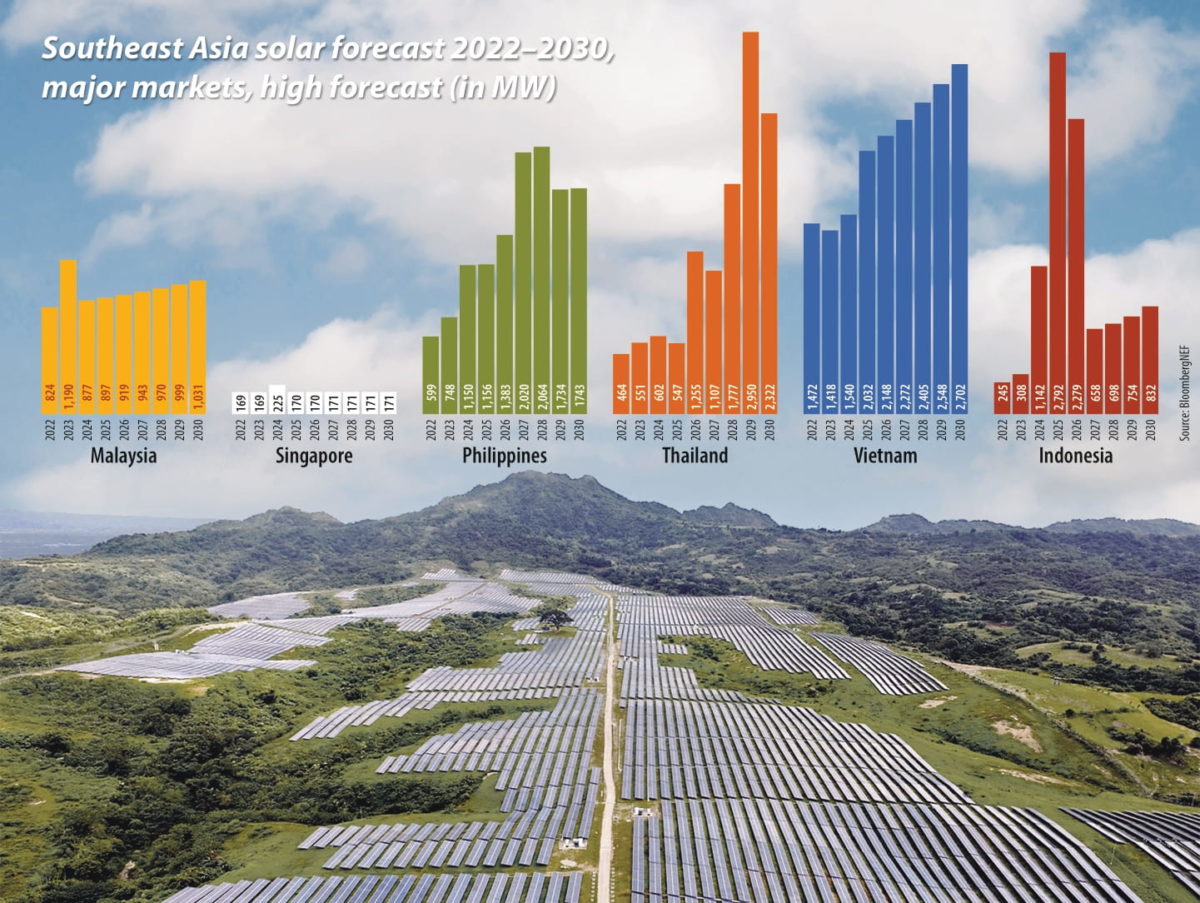
Key markets changing rapidly
The most promising markets in Southeast Asia tend to change, Castro says, with solar temporarily booming in one country thanks to this or that government scheme, only to deflate and move into a neighbouring country.
As it stands, Castro rates Thailand as the company’s key market in the region, labelling it the most stable. Malaysia is another stable market, Castro notes, and one where solar is more mature – though with numerous untapped segments.
“Vietnam was a big market back in 2019 and 2020 but now we’re seeing that most of the players are focussed now in the Philippines,” he says.
In terms of how BayWa re has moved into each of the region’s markets, Castro says the approach has generally been to get started by developing projects. However, he notes the company entered the Philippines on the distribution side, before working towards projects.
Phillipines
BayWa re entered operations in the Philippines in 2020. Despite the pandemic, the company finished its first year of operations with a 180% increase in revenue. It is expecting to grow by 150% this year, buoyed by support of the new government.
“The numbers are really strong for us in the Phillipines,” Castro says. In June 2022, the country elected a new, more renewable-supportive government, which has already brought in a Renewable Energy Act. While this vision still needs to be executed, Castro is optimistic not only about the country’s renewable future, but also by BayWa’s strategy.
“The numbers are really strong for us in the Phillipines,” he says, nothing it as proof the company can extend into the Phillipines in the same way it has in Thailand.
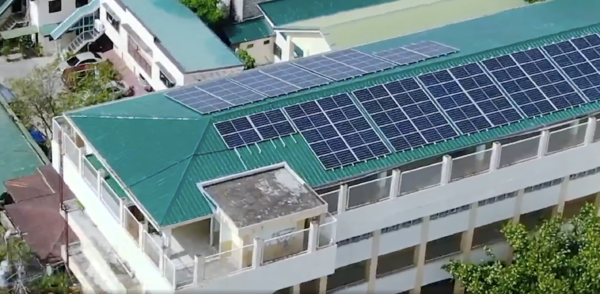
Given the strong growth in utility installations in the Phillipines, Castro says it is “only a matter of time until the grid becomes an issue because the infrastructure is still not there.” BayWa re has been pushing storage with its utility customers as a way of getting ahead of the midday congestion which has plagued other countries, like Australia, with strong solar uptake.
Vietnam
The region’s darling in previous years, Vietnam is now in a period Castro describes as an “FIT hangover.” Vietnam’s generous solar feed-in tariffs (FIT) previously spurred demand well above expectations, but that scheme has now ended, taking with it much of the excitement around solar.
“It’s a little bit of a difficult market now, but we think it is moving through a transition. There are policies upcoming now that will support renewables, so we are still optimistic,” Castro says.
He believes Vietnam’s policy is clear and its government committed, saying he expects there to be new opportunities to tap in Vietnam soon.
Emerging markets
With each country in the region in quite different stages of the energy transition, Castro points to Indonesia as a key emerging market. BayWa re is not yet active in Indonesia, but is looking to move into the market in the coming years. The government in Indonesia has policies, but there are still question marks over how they will be implemented, Castro says.
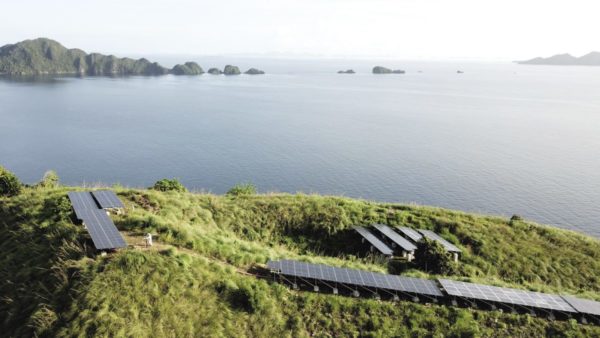
Canopy Power
Laos and Cambodia are both on the company’s radar also, though again it is still early days.
Rooftop solar trends
Until recently, the driver of rooftop solar in Southeast Asia has been the C&I segment, with most installations sitting between 1 MW to 3 MW, according to Castro.
More recently, however, Castro says residential sales have increased “quite significantly.” So significantly, in fact, he expects residential demand could soon be on par with C&I.
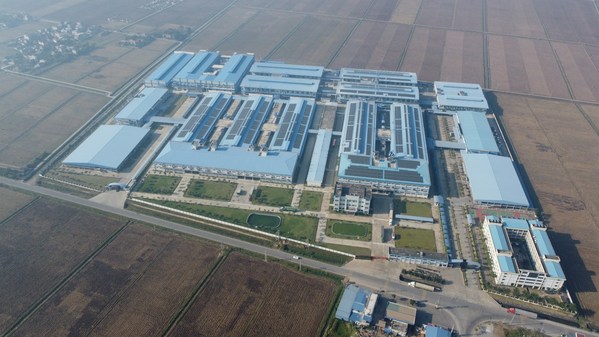
Image: TotalEnergies
This growth he attributes, at least partially, to the trend towards integrated renewable product stacks – that is, bundling solar, inverters, batteries, electric vehicle chargers and energy management software into one platform.
“It’s much easier to install. It’s much more user friendly,” Castro says. These fully integrated product suites are proving an important selling point in the region, where he notes customers often invest in technologies as a way of “showing off.” The budgets households in the region seem to have to invest in renewable technologies has come as something of a surprise to Castro.
The potential scale of the rooftop market in Southeast Asia is “huge,” Castro says, but has been hampered by regulatory issues in some countries, as well as by legal issues around foreign ownership.
Thailand is seeing strong growth in the rooftop segment, according to Castro, who notes the Philippines is also going down a similar path.
Suffering a lack of installers
Perhaps more than regulatory and legal issues, these two markets are now being slowed by a lack of expertise. “It’s still very difficult to find someone who has experience in solar.”
“You go to Thailand – I think the residential market could grow even more if we had more installers.”
Aside from solar installers being far and few between, and there is a lack of certification, safety and other schemes to turn to for training.
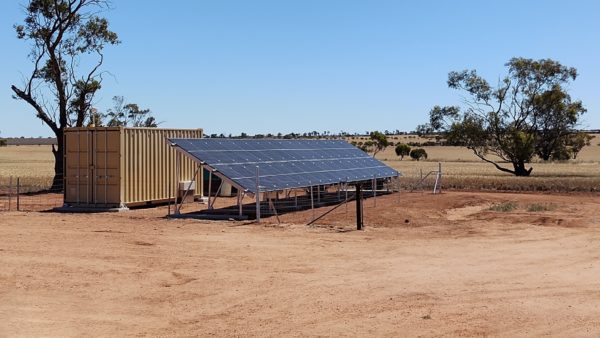
Image: BayWa r.e.
“The industry is changing so fast, we’ve been seeing a lot of projects in the market that find constant issue with their safety, in terms of installation. I think that’s something we have to be aware of,” Castro says.
“The government has to be part of the solution because if you don’t enforce that, we could go into gigawatts of solar installation on the rooftop side, but if something happens in terms of safety that puts us all in danger.”
“We need to put in place a certain professionalism and education in place to reach that goal.”
The Philippines is doing important work in this space, Castro says – seeking to mimic some of the installer training schemes and certifications in place in Australia.
But for the industry to truly boom, Castro says more training is needed. There is lots of emphasis on fast installations today – but the puzzle is how to maintain a high quality standard while also reducing costs, he says. “That is really needed in the solar industry in the next few years.”
He wants to see renewable energy integrated better into the region’s education systems. For instance, he says engineering curriculums in Southeast Asia still tend to focus on old technologies, but a shift towards teaching about solar and other renewable technologies would be invaluable for enabling the region’s transition.
This content is protected by copyright and may not be reused. If you want to cooperate with us and would like to reuse some of our content, please contact: editors@pv-magazine.com.
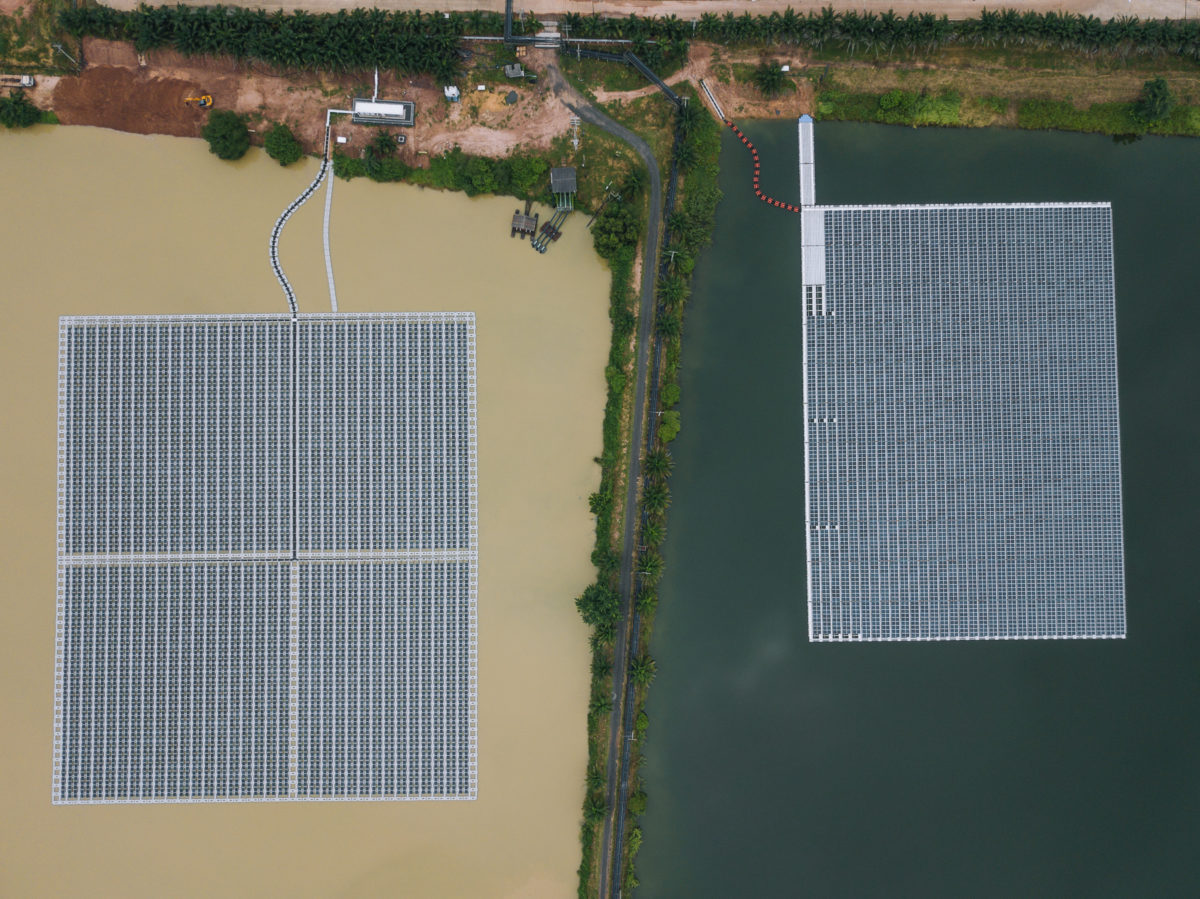








By submitting this form you agree to pv magazine using your data for the purposes of publishing your comment.
Your personal data will only be disclosed or otherwise transmitted to third parties for the purposes of spam filtering or if this is necessary for technical maintenance of the website. Any other transfer to third parties will not take place unless this is justified on the basis of applicable data protection regulations or if pv magazine is legally obliged to do so.
You may revoke this consent at any time with effect for the future, in which case your personal data will be deleted immediately. Otherwise, your data will be deleted if pv magazine has processed your request or the purpose of data storage is fulfilled.
Further information on data privacy can be found in our Data Protection Policy.